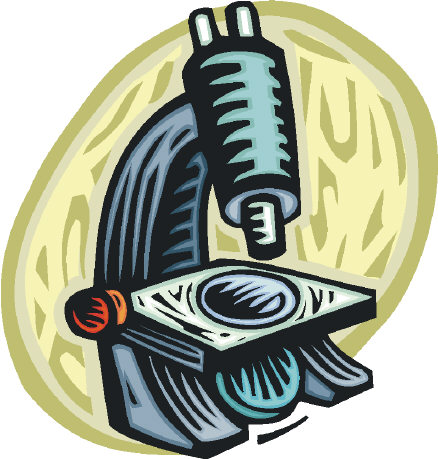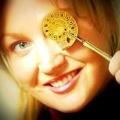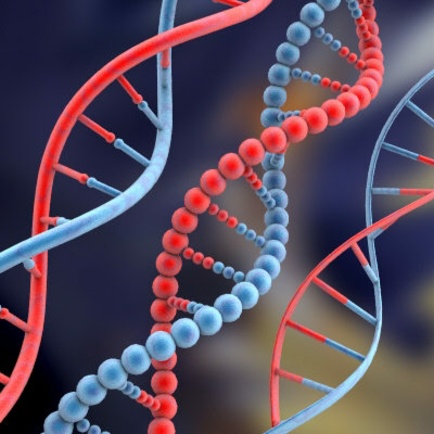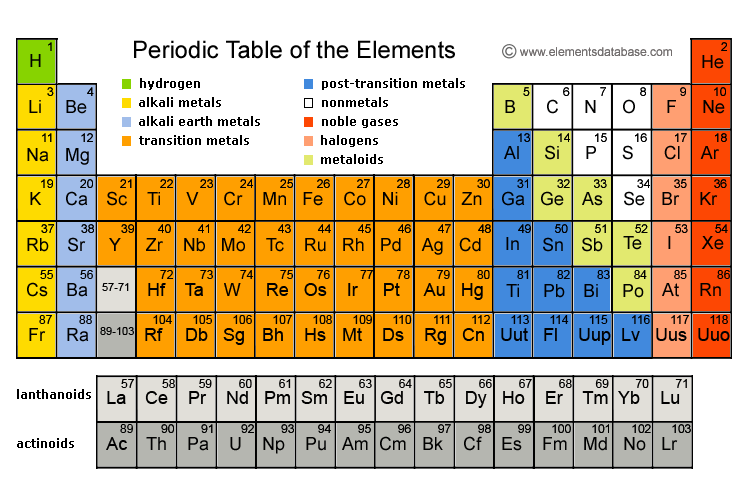 Stop eating your pet's food
Stop eating your pet's foodApparently people are eating their pet's food, and they're getting salmonella poisoning in return...
 A scientific reference manual for US judges
A scientific reference manual for US judgesScience and our legal system intersect frequently and everywhere - climate, health care, intellectual...
 Rainbow connection
Rainbow connectionOn the way to work this morning, I noticed people pointing out the train window and smiling. From...
 Neutrinos on espresso
Neutrinos on espressoMaybe they stopped by Starbucks for a little faster-than-the-speed-of-light pick me up....








 (I use U.S. presidents as one example; you could easily apply the venerable Table to a whole host of subjects.)
(I use U.S. presidents as one example; you could easily apply the venerable Table to a whole host of subjects.) 
 After I ruled out the garbage can theory (garbage day is Wednesday, so that would just be silly) and I didn't see Maverick and Goose buzzing the house tower, I thought, "Is that thunder?" It couldn't be - I'd never heard thunder like that, and I grew up in the upper midwest where tornadoes are the only relief from mosquitoes.
After I ruled out the garbage can theory (garbage day is Wednesday, so that would just be silly) and I didn't see Maverick and Goose buzzing the house tower, I thought, "Is that thunder?" It couldn't be - I'd never heard thunder like that, and I grew up in the upper midwest where tornadoes are the only relief from mosquitoes. 


